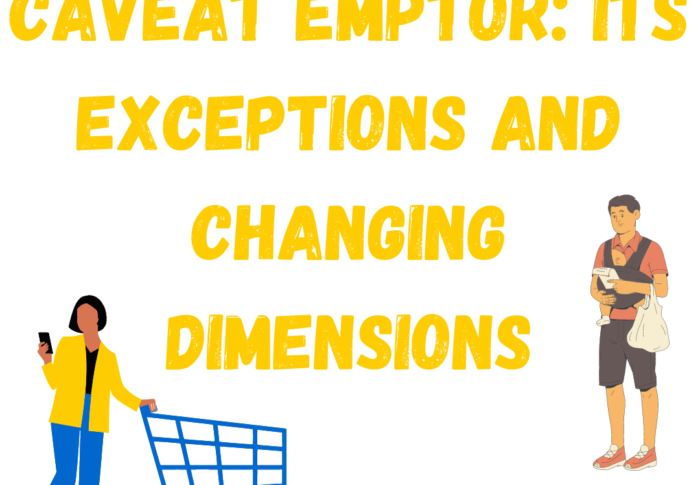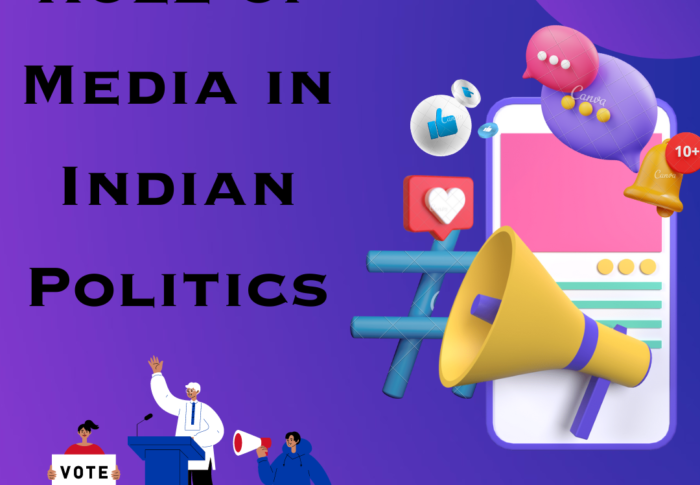
Virtual Reality and Human Understanding
Virtual Reality simply means experiencing things through our computer that don’t really exist. It is termed as a 3D computer generated environment which a person can explore and interacted with both physically and mentally.
Author : Zeba Ali
Table of Contents
- virtual reality
- human perception
- Relativity in human perception and virtual reality
- Virtual Reality And Augmented Reality
Virtual Reality
It simply means experiencing things through our computer that don’t really exist. It is termed as a 3D computer generated environment which a person can explore and interacted with both physically and mentally. VR creates a simulated environment. Major role played by VR includes PlayStation VR(PSVR), HTC Vive, Oculus Rift.
Virtual Reality tricks our mind using computers that allow us to experience and more interestingly, interact with a 3D world. To do this a we have to wear a head-mounted display which sends a form of input tracking. While splitting the display between our eyes. It creates a stereoscopic 3D effect with stereo sound and gives us a graphic experience. Technology feeds within the images of the objects taken at slightly different angles which creates an impact of depth and solidity. Lenses refract the LCD or OLED panels inside. The display and effects completely fill the sector of vision. Together with the technology and input tracking, it creates an immersive and exciting believable world that the pc generates.
VR in Medical Field
Virtual Reality in Medical Field allows both patients and doctors to interact with simulated environments for better medical education, rehabilitation, and treatment. The demands for quality healthcare services, the necessity of reducing healthcare costs has increased. Therefore the critical role of software development within the healthcare sector are the key drivers of the VR software adoption growth within the medical field.
In the near future VR solutions are expected to be dominant within the healthcare software development. This opens opportunities for software development companies to participate in this profitable market. According to Goldman Sachs Global Investment Research, 82% of healthcare professionals agree that VR software delivers a healthcare solution development by quickly accessing and retrieving knowledge and techniques for medical students and doctors. In 2020, the estimated value of the the worldwide VR market in healthcare was $336.9 million and projected to succeed to $2.2 billion by 2024.
Human Perception
Perception is a complex system of receiving and transforming information. It provides an organism with a reflection of objective reality and an orientation toward the surrounding world.
With sensation, perception is the starting point of cognition, for this, senses supply the primary material. Perception is a necessary condition for cognition and the activity of thought always mediates perception. While practical experience verifies it. If such mediation and verification are absent, perception can create both genuine knowledge and error and illusion.
Human perception of floor vibration is a combination of movement of the floor system, physical perception, and the psychological reaction to vibration. Occupants in different settings will be more sensitive to the same vibration than others, depending on frequency of occurrence, duration, and time of day. Humans are most sensitive to vibration frequencies within the range of 4–8 Hz, thanks to resonance within the body cavity itself. In addition, human perception depends on the activity of an individual at the time of the perceived event. Individuals who are sleeping or sedentary are going to be more sensitive than those that are walking, running, dancing, or doing aerobics.
Perception includes Vision, Touch, Sound, Taste, Smell.
Relativity in Human Perception and Virtual Reality
Human eyes perceive images not as a whole but as parts. I found it quite difficult to wrap my head around the fact there are more dark spots in our eyes than light spots. Huh, now who would have thought our image perception is based on lack of light rather than its presence.
Therefore, the stimulation aspect of VR might seem obvious at first glance. Place screens closer to the eye that depicts a scenario coded by the programmer. But the reality is much more complex. Like how do we use those 2-D screens to depict a 3-D environment?
Various factor’s come into play while determining an object in 3-D space e.g., convergence of both eyes upon a single object, the relative differences between the shape and size of the images on each retina, and other cues such as texture and constancy.
However, image formation is not the only contributing factor to tricking perception.
Human perception falls to the greater question: How do we increase immersion. The simulation of perceptual paths is what adds the sense of presence. Perceptual paths are complicated. The individuality of these path doesn’t help in creating the ultimate virtual presence. Understanding how people integrate information from their senses is crucial to the long-term success of VR because it isn’t solely visual.
Virtual Reality and Augmented Reality
Virtual Reality
As discussed above, virtual reality is a computer generated world. It does not hold any physical or real existence. It creates a totally immersive environment. In virtual Reality the system controls our senses. It is comparatively harder to make the virtual reality world interesting.
Augmented Reality
Augmented Reality (AR) is a perfect blend of the digital world and the physical elements to create an artificial environment. The Apps which are developed using AR technology, blend digital components with the real world. The full form of AR is Augment Reality. Examples of augmented reality experiences include Snapchat lenses and the game Pokémon Go.
Comparison Between AR and VR
Read Similar Articles:
Mail us at edumoundofficial@gmail.com






